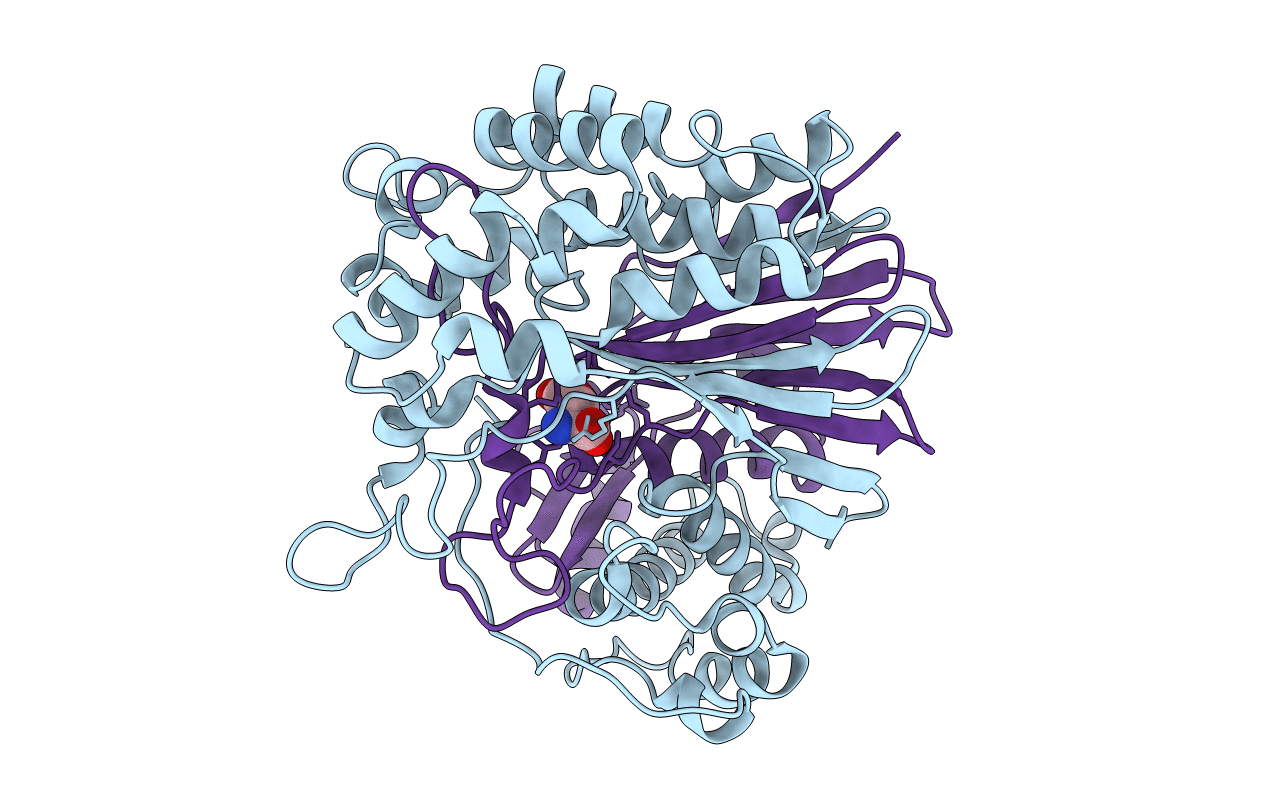
Deposition Date
2014-02-14
Release Date
2014-07-23
Last Version Date
2023-09-20
Entry Detail
PDB ID:
4OTU
Keywords:
Title:
Crystal structure of the gamma-glutamyltranspeptidase from Bacillus licheniformis in complex with L-Glutamate
Biological Source:
Source Organism:
Bacillus licheniformis (Taxon ID: 1402)
Bacillus licheniformis (Taxon ID: 279010)
Bacillus licheniformis (Taxon ID: 279010)
Host Organism:
Method Details:
Experimental Method:
Resolution:
3.02 Å
R-Value Free:
0.28
R-Value Work:
0.20
R-Value Observed:
0.20
Space Group:
P 21 21 21


